A round-up of the week’s reviews
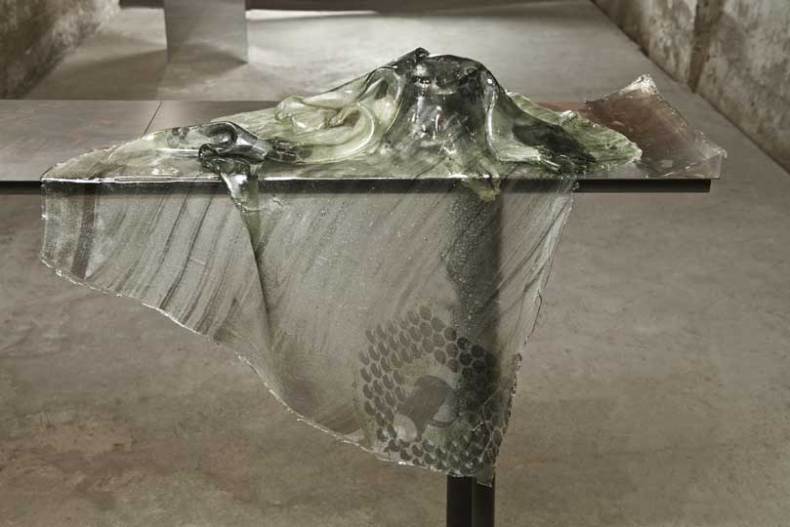
‘That Obscure Object of Desire’ at Luxembourg and Dayan, NYC (Raisa Rexer)
‘That Obscure Object of Desire’ is meant to expose the abject, the fetishistic, and the obsessive sides of desire. Yet despite uniting a number of artists with a shared interest in the sexualised female body as an artistic subject, the show is ultimately too incoherent to deliver the electrifying jolt suggested by the allusion in its title.
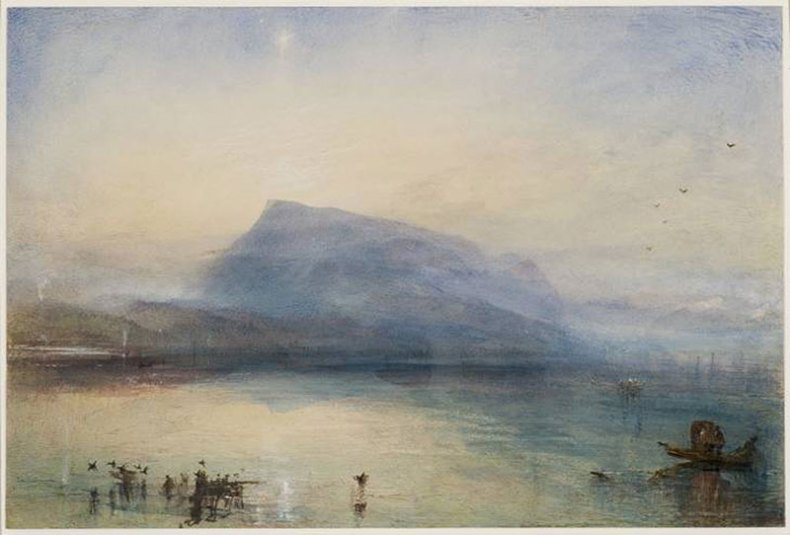
The Blue Rigi (1841–2), J.M.W. Turner. Tate. Accepted by the nation as part of the Turner Bequest 1856
‘Late Turner’ at Tate Britain (Martin Oldham)
One of the achievements of the current exhibition at Tate Britain, ‘Late Turner: Painting Set Free’, is to bring us back to the artist himself, to allow us to see his art on its own terms again. A comprehensive survey of the last part of his career, from when he turned 60 in 1835 to his final exhibited works in 1850, it is the first major exhibition to address Turner’s late period. And it is not painting that is set free here, but Turner the painter, liberated from the often questionable roles into which he has been conscripted in the name of British art.
Christopher Dresser at the Fine Art Society (Annabel Sheen)
Dresser studied at the Government School of Design in London, where he specialised in botanical science…A shelf of tall elegant glassware take their shapes and brilliant colours distinctly from nature. Such works not only foreshadow Art Nouveau but embody it.
This exhibition, succinct and abundant in range as it is, would benefit greatly from the addition of comparative works of the era; drawing parallels with relatable designers would allow for Dresser’s work to be placed in context. Dresser’s styles were clearly pioneering…
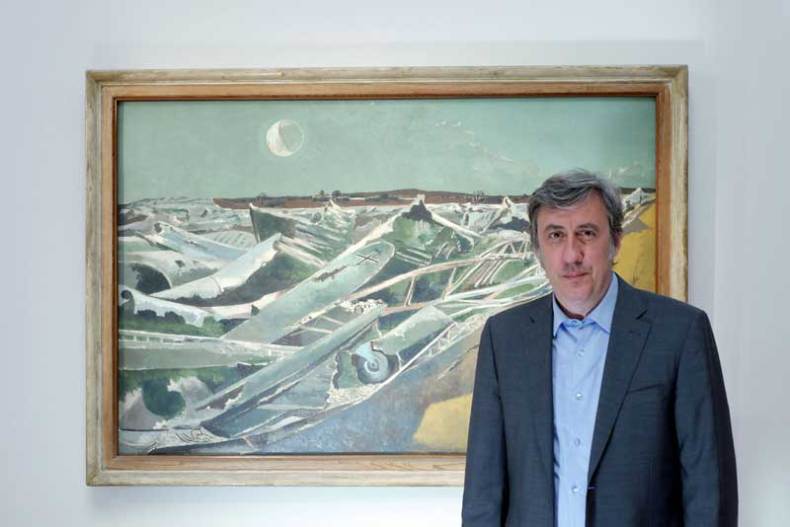
‘British Art at War: Paul Nash’ on BBC Four (Camilla Apcar)
Nash went to serve for Britain in the First World War in 1914…[and his] post-war painting underwent a dramatic change of style. Graham-Dixon credits Nash with inventing a new kind of war art through nature, painting to ‘honour the ghosts of the dead’ and tell the horrors that befell soldiers.
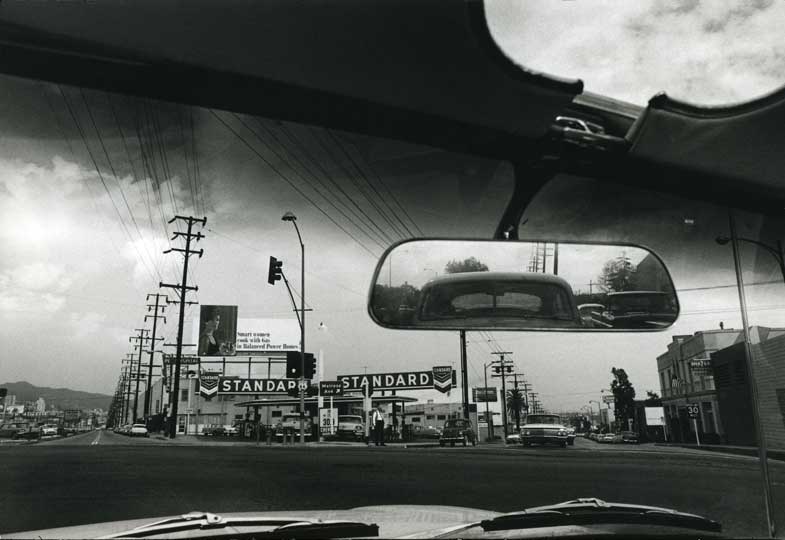
Double Standard (1961), Dennis Hopper © Dennis Hopper, courtesy The Hopper Art Trust www.dennishopper.com
‘Dennis Hopper: The Lost Album’ at the Royal Academy, London (Emma McKinlay)
Manifest in Hopper’s photographs is the split personality of photography; its documentary integrity co-exists paradoxically with its illusory potential. Hopper’s own remarks on his work reinforce his chosen medium’s claim to being both art and a snapshot of real life. He desired ‘to document something. I wanted to leave something that I thought would be a record’, but he also talked of his work in terms of art; ‘I am an Abstract Expressionist by nature and a Duchampian finger pointer by choice.’
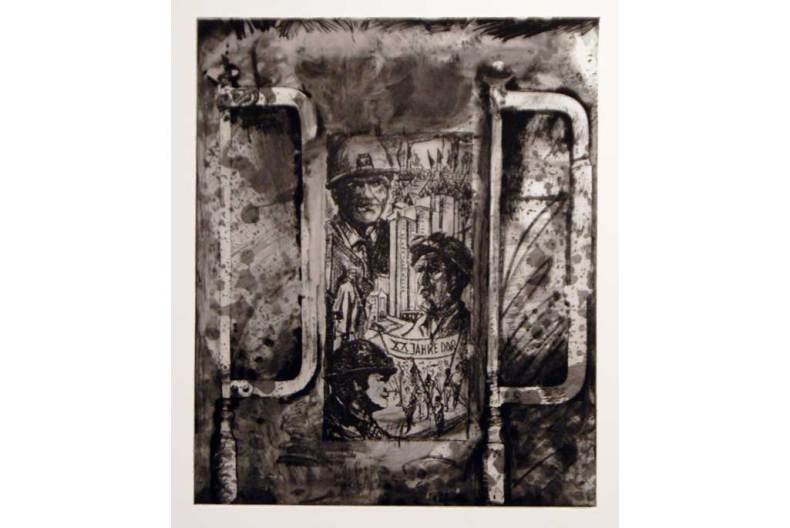
A History of Communism (2012), Jim Dine. One of a suite of 45 stone lithographs with additional etching and engraving. Courtesy Alan Cristea Gallery
‘Jim Dine: A History of Communism’ at Alan Cristea Gallery (Digby Warde-Aldam)
Some time ago, two printer friends presented the artist with 100 lithographic stones found in what was once a Socialist art academy in East Germany. Dine was immediately taken by the images, and decided to appropriate them into his own work.
The resulting show…is relentlessly, uncompromisingly grey, to the point where even an isolated fleck of clear black or white looks exotic…To call it ‘oppressive’ seems almost too obvious.
Bernd and Hilla Becher at Sprüth Magers (Will Martin)
Bernd and Hilla Becher’s fascination with industrial buildings led them to catalogue Cooling Towers, Water Towers, Gas Tanks and a multitude of the other structures created in the latter stages of the industrial age…In much the same way that one might read different faces in a portraiture exhibition, each building for Bernd took on ‘a look of it’s own’.
Unlimited access from just $16 every 3 months
Subscribe to get unlimited and exclusive access to the top art stories, interviews and exhibition reviews.

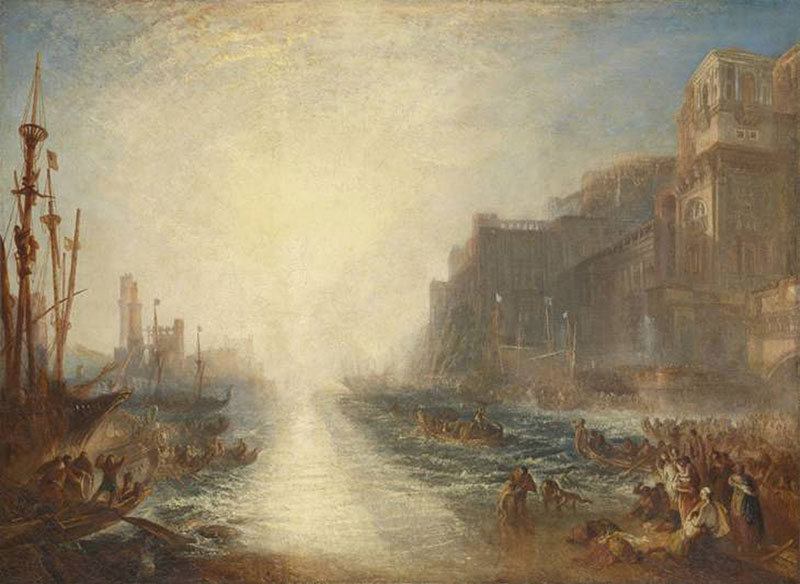
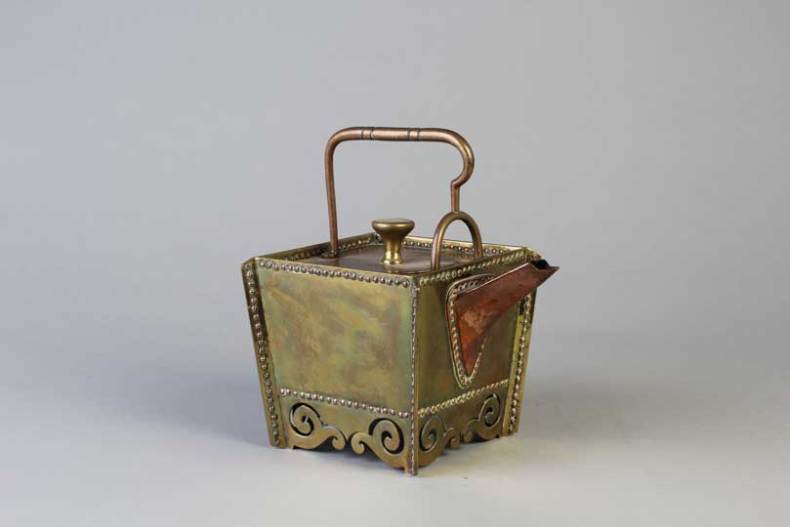
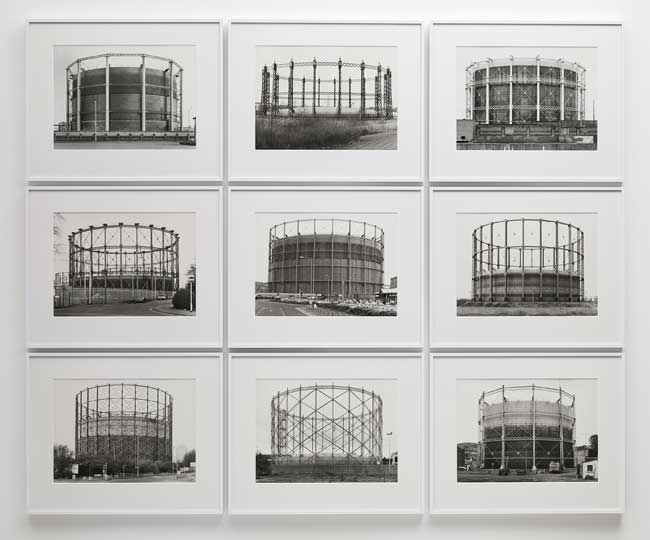
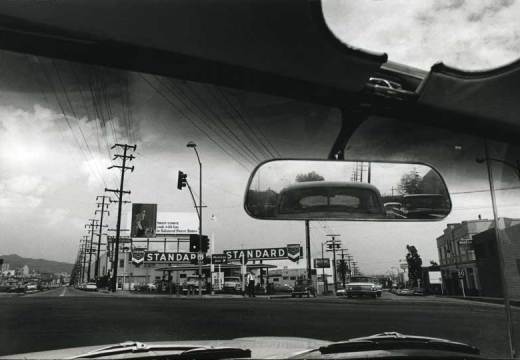
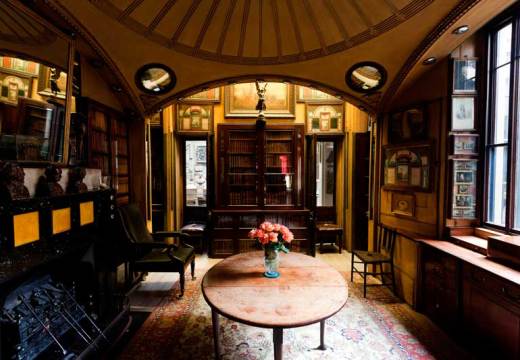
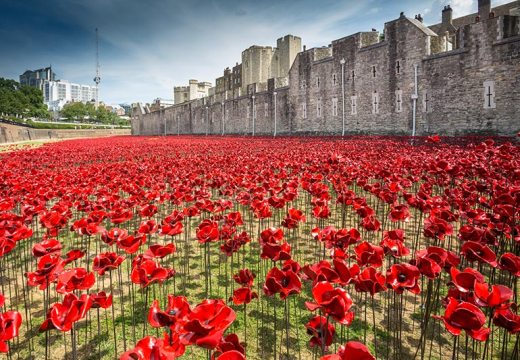









![Masterpiece [Re]discovery 2022. Photo: Ben Fisher Photography, courtesy of Masterpiece London](http://www.apollo-magazine.com/wp-content/uploads/2022/07/MPL2022_4263.jpg)
Why are fathers so absent from art history?